Games can be more than mere entertainment
A lot of games try to tell a story using few words. Others, they may tell their story using way too many.
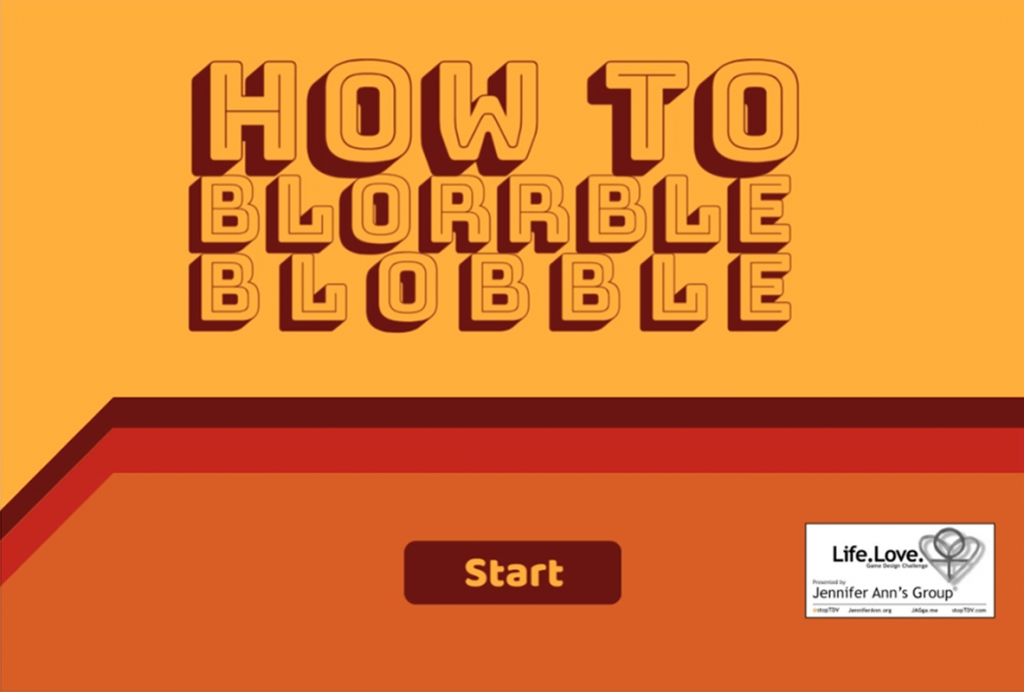
With the former, it is not the easiest thing to properly communicate what you want people to take from it. You run the risk of your audience not seeing the point, or worse, getting the wrong point altogether. The former is certainly not good, but the latter can create the wrong (or even perhaps negative) interpretation of your work.
How to Blorbble Blobble handles this kind of game pretty well.
Video games can make you feel a certain way with wordless prowess, making you do things that may make you uncomfortable.
There are several ways to communicate through an interactive medium. The most common is through text and dialogue, unsurprisingly given that most stories are expressed that way. I personally feel that this is not the best way to do this in video games. It is not a bad way to do it, by any means. Most of my favorite video game stories are expressed through this way, after all. But some of my favorites in turn take great advantage of an interactive medium’s inherent advantages.
Video games can make you feel a certain way with wordless prowess, making you do things that may make you uncomfortable. For example, The Walking Dead games, while dealing with a character/dialogue-driven story, also evokes certain emotions by making players make hard decisions, such as whether to spare someone who had “done you wrong.”
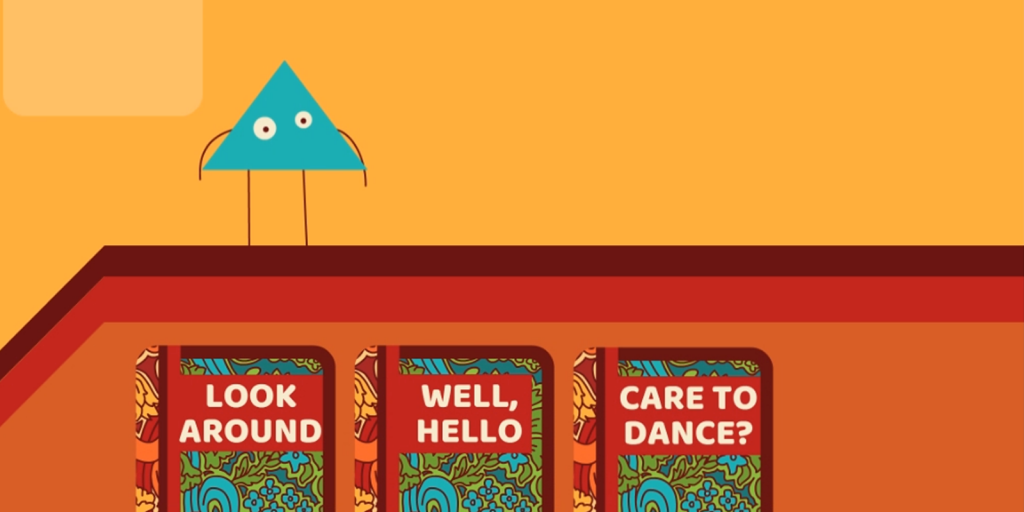
How to Blorrble Blobble
How to Blorrble Blobble focuses specifically on putting you into a real-world situation. ‘Blorbble-Blobble,’ or ‘Blorrbling‘ as the narrator/instructor calls it, has you following a strict ruleset when initiating the dance with another partner. You get to play as either Triangle Girl or Triangle Boy, and are walked through the game step by step, with the first step straight up having you seek out a partner with whom to dance.
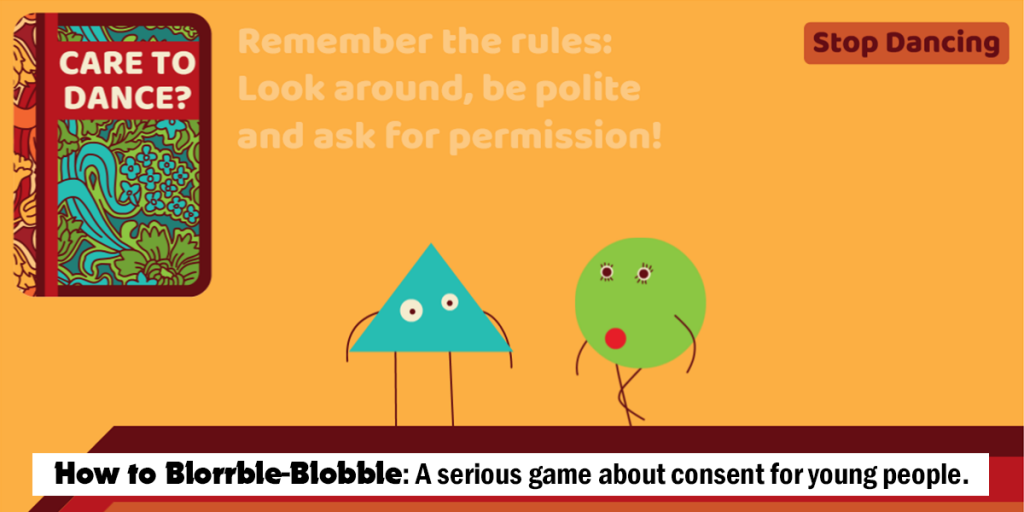
Once you find a partner (Disco Girl or Disco Boy) you then are taught various procedures of Blorbbling. The first proper step is to greet them (after all, it is just polite). Once you greet your new Disco friend, you can ask them if they want to dance. Following this, they will either accept it or reject it. If they do reject it, you then have to respect that and back off.
It’s a delicate balancing act between respecting someone’s agency and respecting that someone under the influence can’t properly consent…
If they do decide to dance with you, you then have different protocols to follow. When you obtain consent, you can then give your partner a high five dance. After this, you then can move onto the fist bump – but not before asking if they want to continue dancing though. Consent may be revoked at any time, and this is both normal and okay.
This rule applies also to belly bumping, the final dance step. However, just because someone appears to consent does not necessarily mean that they are able to consent. At times, you may see that your prospective partner does not actually have the wherewithal to give consent. It’s a delicate balancing act between respecting someone’s agency and respecting that someone under the influence can’t properly consent to things.
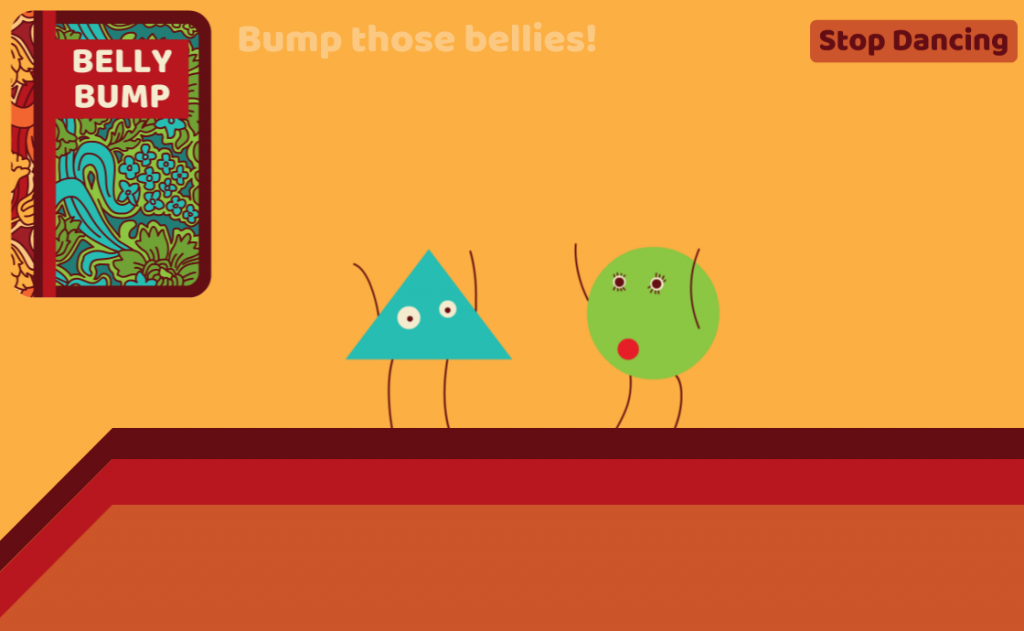
My thoughts on How to Blorrble Blobble
If this seems like this game is trying to convey something other than dancing, you would be correct. It uses cute styles and cute concepts (high fiving is not exactly the most traditional dance move), but in reality, the basic rules of consent being discussed here correspond to sex and romance as much as it relates to dancing.
This fact is conveyed to the player near the end of the game by Orca (although I did not feel that it needed much in the way of explanation).
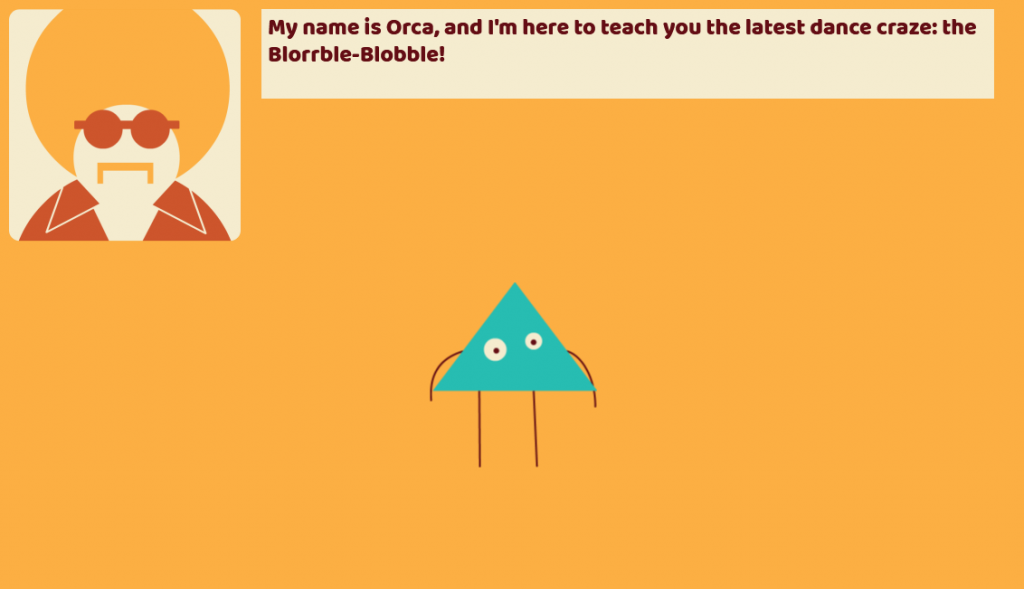
The player is also reminded about their own consent.
When the player’s Triangle dance partner abruptly leaves Orca reminds the player that they can also disengage from Blorrbling whenever they so choose. If there is one thing that I particularly would like to see however would be to have your choice of character to not be based on a gender binary, and to instead name Triangle Girl/Boy and Disco Girl/Boy as “Triangle” and “Disco.”
The game has an interesting and funky art and musical style, evoking a 70s style. Whenever you initiate actions (such as asking for consent or dancing), you get a special little audio jingle to go along with it that makes the experience a little more active and transformative.
The gameplay is simple rule-following, with not too much deviation.
I would have liked to been able to do different dance steps out of order, or even skip certain dance steps altogether, much in the same way that a sexual encounter does not require that you necessarily follow the same steps every time, or the same steps in order.
The game conveyed this issue somewhat, as at one point you can choose to put belly bumping as the next step instead of fist bumping, but it resulted in the game soft-locking (thankfully it saves your progress up to that point). An expansion on the concepts to explore consent in a greater degree would be much appreciated, but How to Blorrble Blobble is already an interesting means by which to explore consent as-is.
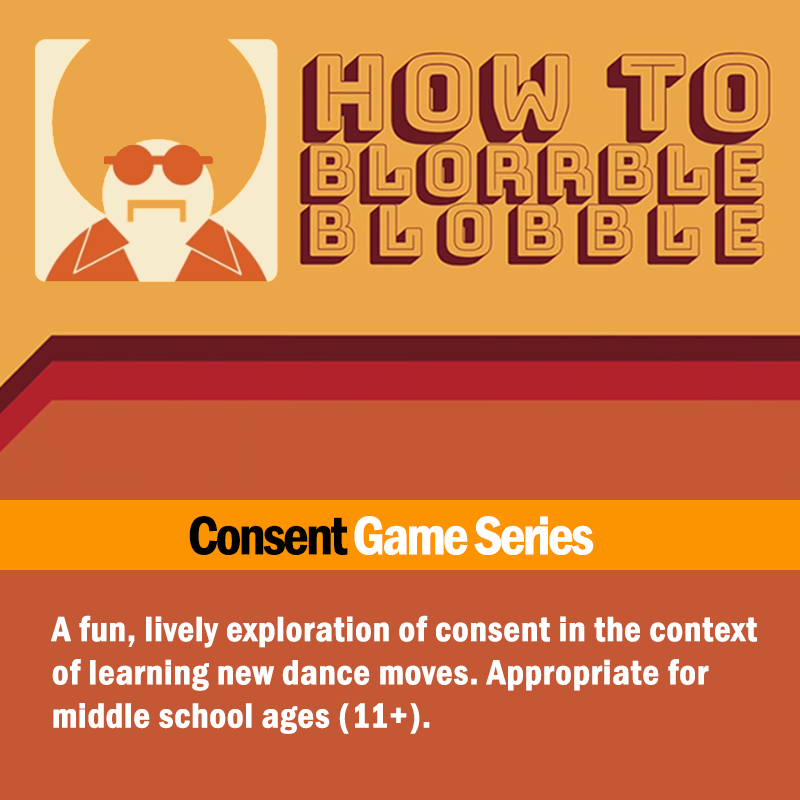
Play How to Blorrble Blobble
Developed by: Jared Sain
Produced by: Jennifer Ann’s Group
Price: Free
Language: English
Age Rating: Appropriate for all ages
Support this work by donating online:
PayPal
Apple Pay
Gaming Against Violence is an award-winning program presented by Jennifer Ann's Group, a 501(c)(3) nonprofit charity [EIN: 20-4618499].
More information about How to Blorrble Blobble
- Play How to Blorrble-Blobble game about consent in your browser
- Helpful information about consent

